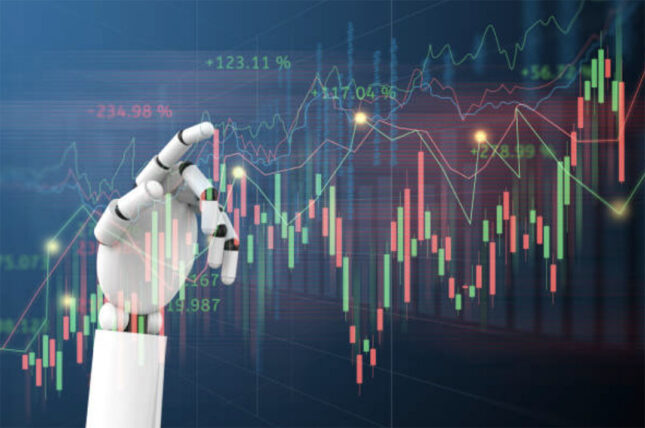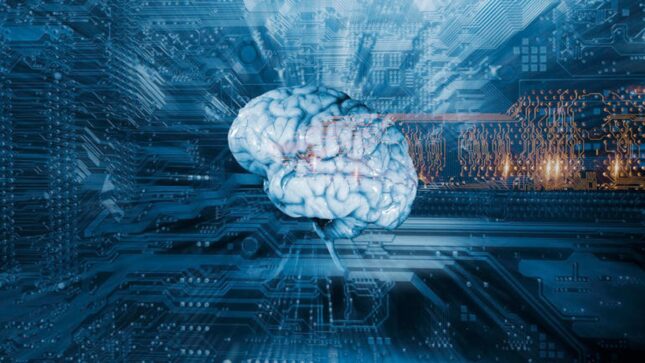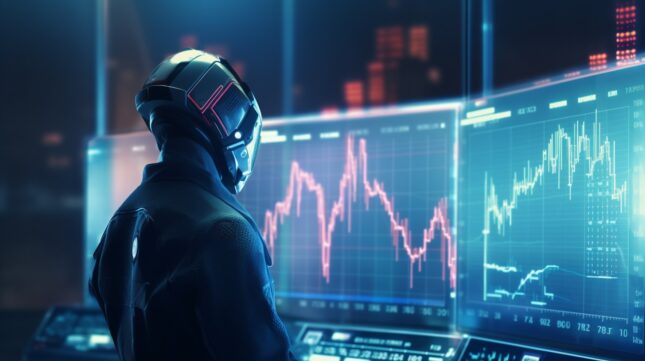Artificial Intelligence (AI) trading utilizes complex algorithms to analyze financial markets and make trading decisions. This technology processes vast amounts of data, including price movements, news, and economic indicators, far more quickly than human traders.
Artificial Intelligence operating systems can identify patterns and trends in the data, enabling them to predict market movements with a higher degree of accuracy.
The integration of AI in trading marks a significant shift from traditional, human-driven methods, offering a more analytical and data-driven approach.
The Potential of Artificial Intelligence
AI’s potential in trading is immense. It offers precision and speed unattainable by human traders. AI algorithms can analyze multiple markets simultaneously, continuously learning and adapting to new data.
This leads to more informed and timely trading decisions. Moreover, Artificial Intelligence can operate 24/7, capitalizing on opportunities that arise outside regular dealing hours. Its predictive capabilities, based on historical data and market trends, can foresee market shifts more accurately.
This potential for enhanced efficiency and profitability positions Artificial Intelligence as a transformative force in the business world, with the capability to redefine market strategies and outcomes.
Benefits and Risks of AI Trading

AI trading, and Quantum AI trading app as can be seen here, comes with significant benefits and risks. On the benefits side, AI can handle vast amounts of data, make rapid decisions, and remove emotional bias from it, leading to potentially higher profits.
However, the risks are equally noteworthy. Artificial Intelligence systems can be expensive and complex to implement. They also rely heavily on historical data, which may not always predict future market conditions accurately.
Additionally, Artificial Intelligence-driven market movements can be unpredictable and sometimes lead to increased market volatility.
Strategies for Artificial Intelligence-Based Trading
When integrating AI into work strategies, it’s crucial to maintain a balanced approach. First, combine Artificial Intelligence analysis with human oversight to mitigate risks. Human traders can provide context and judgment that AI might overlook.
Secondly, diversify AI strategies across different markets and asset classes to spread risk. Third, continually update and train Artificial Intelligence models with new data to keep them relevant.
Additionally, start with simpler AI models and gradually move to more complex ones as you gain experience. These strategies ensure that Artificial Intelligence trading remains a tool for enhanced decision-making rather than a standalone solution.
Getting Started with Artificial Intelligence

Starting with AI trading involves several key steps. First, understand the basics of AI and how it applies to trading. There’s no need for deep technical expertise, but a fundamental understanding is crucial.
Next, choose the right Artificial Intelligence software or platform. Look for platforms with robust support and educational resources.
Then, start with a demo account to practice without financial risk. Finally, continually educate yourself about market trends and Artificial Intelligence advancements.
Conclusion: Navigating the Future of Trading with Artificial Intelligence
AI trading represents a significant evolution in the financial markets. Its ability to analyze vast data sets and execute trades at unprecedented speeds offers a competitive edge. However, it’s essential to approach Artificial Intelligence trading with a strategic mindset.
Understand its potential, but also be aware of its limitations and risks. Combining AI with human expertise, continually updating strategies, and a commitment to learning are key to successfully navigating this new terrain.






